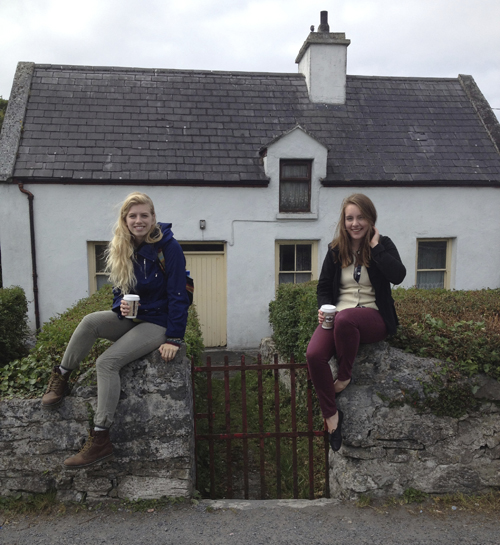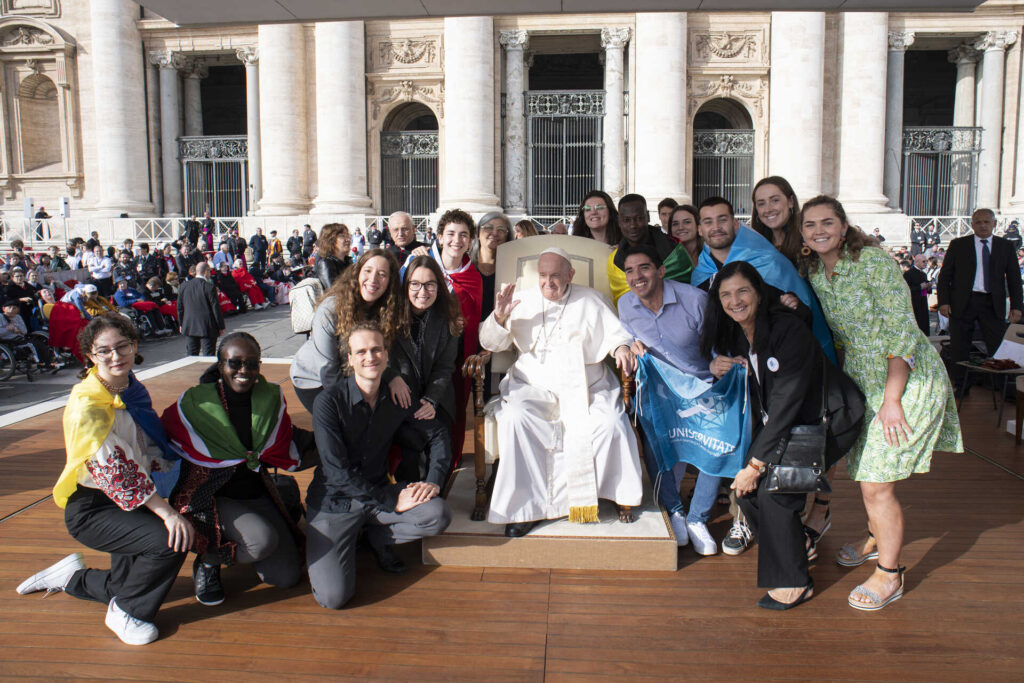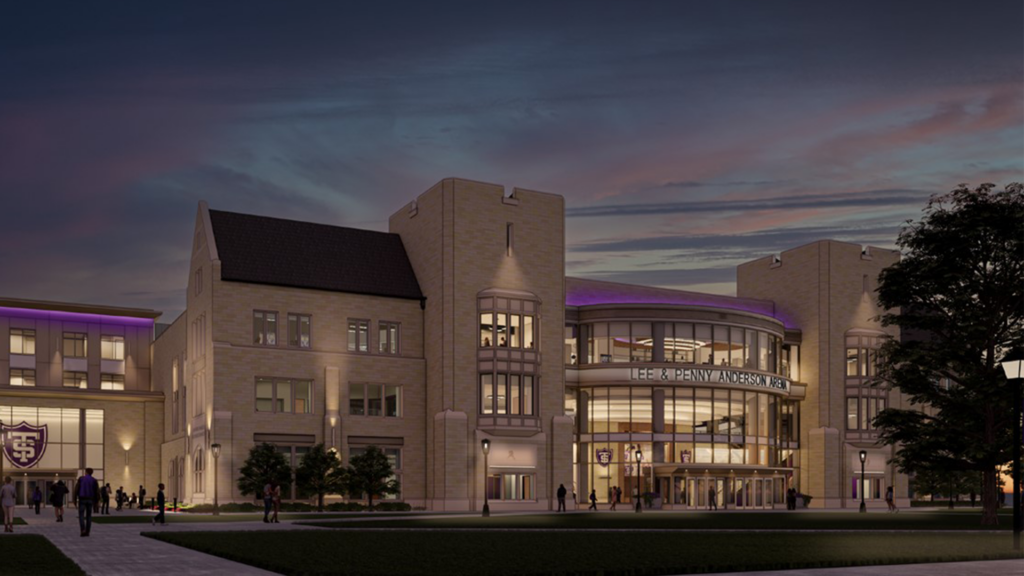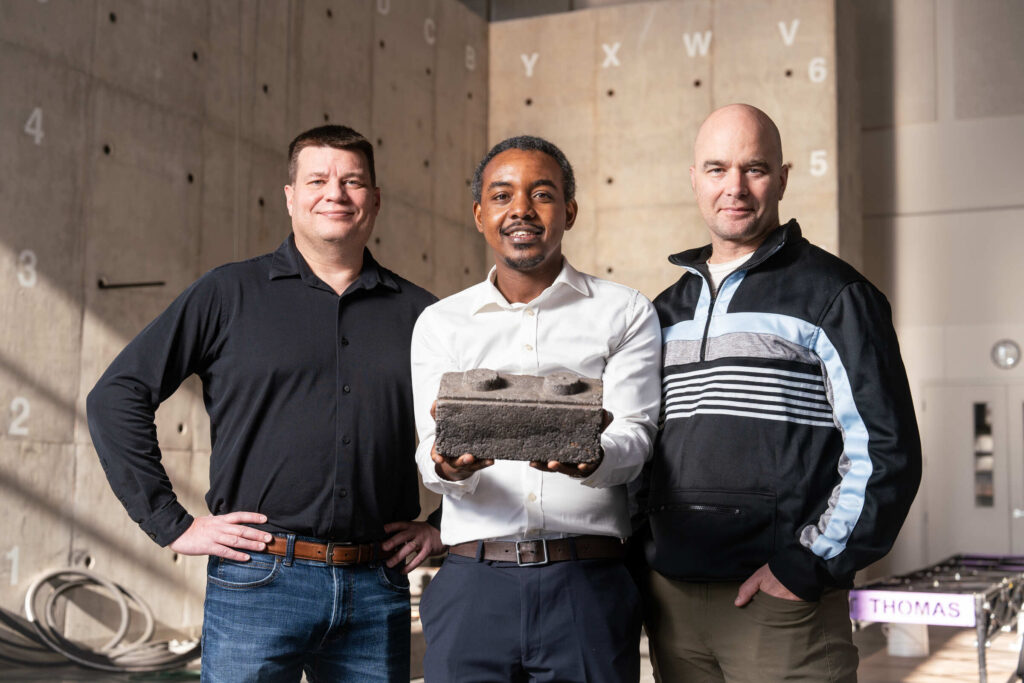Situated in County Galway on the far west coast of Ireland, boasting a population of 680 and a smattering of wind-beaten cemeteries and cozy homes, lies the rugged and beautiful town of Carraroe. From the Irish An Cheathrú Rua, Carraroe is in a region of Ireland called the Gaeltacht, where Irish is still the first language of many of its inhabitants. Headed west on the 424 bus toward Carraroe from Galway City, the signs gradually change from Welcome to Fáilte as the heather grows higher on the roadside. Carraroe is the last stop on the bus route, the farthest one can go west by public transport. And there, amidst the coral beach that reflects the copper sky at high tide and the Bia Anois (Food Now) Café, sits an International Summer Language School sponsored by the National University of Ireland at Galway.
Irish Gaelic, often referred to as simply Gaelic, still enjoys its status as the national language of the Republic of Ireland, but is spoken fluently in the household by approximately only 1 percent of the population. While Ireland struggles to maintain its native language, momentum is increasing in the United States with a handful of universities and organizations offering Irish language courses. The University of St. Thomas is not only home to Irish language courses (placing it among the likes of Harvard, Boston College and Notre Dame), but also boasts one of the largest Celtic Collections in North America.

Shannon Kelly ’16 and Bridget Gaughan ’17 sip coffee on an excursion to Inis Mór, the largest of the Aran Islands.
My Adventure in Carraroe
In July 2014, with no previous knowledge of the Irish language, I embarked for Carraroe and was immediately enamored with the remote beauty of the village. My host parents, Nol and Tríona, lived in a spacious and comfortable cottage that always smelled of peat. The view from my window was one of a green hill, old stone walls trailing down it in a zigzag pattern and leading to a shimmery lake that caught the varying angles of the sun beautifully. A 10-minute walk in one direction brought me to a large body of water, with indigo hills peeking over the foggy distance; 15 minutes the other direction on the stony road led to the main street – equipped with three pubs, one church and a block of small white buildings that comprise the International Summer Language School.
Every July, students from all over the world flock to sleepy Carraroe to study Irish in an immersion program that incorporates a home-stay setting embedded in a predominately Irish-speaking town. The four-week course offers various levels of language classes so that everyone – from those who have never even heard the language, to those who are nearly fluent – can partake. The course also includes different cultural excursions and activities, such as a day’s visit to Inis Mór, the largest of the Aran Islands, and traditional céilí dance classes in the evenings. Not only is the course a means by which to completely partake in Irish language and culture, but it is also a place for Hibernophiles to congregate with those who share their passion.
My teacher, Maedhbh (commonly spelled Maeve in America) was friendly, quirky and intelligent; my classmates and housemates were bright, eager to learn and passionate about Ireland; and my host family was a riot. On one occasion, my fear an tí (house dad) solemnly called all my housemates downstairs after dinner. Expecting some sort of bad news, we were surprised when he instead announced he had rented a van so we could attend his story telling session at a distant pub. On another occasion, Nol’s son, Cillín, after hearing I was feeling unwell one Sunday morning, offered to drive me to church so I wouldn’t have to make the trip on foot. In his white convertible—me and his massive black lab in the passenger seat—we sped down the narrow, winding roads. Needless to say, I arrived at church in style.
After hours spent studying the séimhiú, learning irregular conjugations of tabhair, and sharing multiple day trips to castles, fairy forts and nature trails, our student group grew very close. Our final night in Carraroe, the locals sponsored a dinner and dance for us that went on into the early morning. At the close, the group held hands, and with teary eyes sang together the famous Irish rebel song, “Óró sé do Bheatha Abhaile.” I made friends from all across the United States, Japan, Germany and Wales, most of whom I am still in regular contact with.
My experience in Carraroe was, as cliché as it may sound, life changing. As an Irish American, my culture is important to me, and I had the opportunity to engage with it in a powerful manner other more conventional study abroad programs would not have allowed. I since have volunteered for Minnesota Irish Music Weekend, am taking an independent study course on Oscar Wilde’s Ireland and attended the Midwest Conference for Irish Studies in October. I am currently working on graduate school applications to study in Ireland as well. In the meantime, I take advantage of rainy days to play the Irish sport “hurling,” and plan to take an independent course on Irish theater in the spring.
Irish Courses at St. Thomas
According to Jeffers, an Ireland native who teaches St. Thomas’ Irish courses, the language presents a distinct and relevant way to learn. Jeffers completed his entire education in Irish and studied the language at University College Dublin between 2003 and 2007. He initially came to America on a Fulbright teaching scholarship not knowing where he would be placed. When he arrived at St. Thomas, he was pleased to see the way the language courses fit into Irish studies, a field that incorporates literature, history and anthropology. His colleagues in Irish studies fostered the mentality that “if you want to be considered a stronghold or impressive Center for Irish Studies, you need to involve the language.”
“(Language) is a big part of the cultural learning that you get out of a liberal arts education. It’s a fantastic way – especially the Irish language – to do something different and to challenge yourself,” Jeffers said. Thus, language learning, in and of itself, opens a door to grasping cultural expansion, history, anthropology and even literature. He pointed to Irish authors who, even when writing in English, hearkened to their Irish linguistic roots. “You get people like Wilde or Joyce who have this unique take on the English language that is definitely affected by a distinct linguistic difference,” he said. Hence, even to understand Irish literature, drama and culture, a foothold in the language is critical, as language is the lens through which one views the world.
Within the realm of language learning at St. Thomas, Irish stands apart. Loren Langan, a St. Thomas economics professor taking Jeffers’ class, seconded his sentiments. “The Irish language is important because it is the language of a people, a language that they have spoken for hundreds of years and without which an understanding of Irish culture cannot be complete,” she said.
With 39.6 million Americans claiming Irish heritage and flocking to parades clad in green ensembles on St. Patrick’s Day, and the Chicago River being dyed emerald to pay tribute to their homeland, it is evident that many Irish Americans cling to their heritage with pride. This American interest in Ireland’s history and culture is encouraging to Jeffers, who said, “That is big news in Ireland, that the language is actually gaining fans or traction outside of Ireland. I think in terms of a language revival, the international, and in particular, the American reception of the language is not insignificant.”
Langan described Jeffers’ teaching style: “He has knowledge, patience, humor, insight and a beautiful singing voice. He takes a challenging subject and makes it accessible.” Jeffers addressed the difficulty of the language with an encouraging tone: “I think you can find technically difficult things in any language. What I try to overcome is the lack of exposure to the language. It’s studying a language in isolation that’s difficult; approaching it as a living language makes a lot of those difficult aspects of the language go away. If you can find ways to incorporate languages into your environment, it’s easier.”
Irish language courses offer a glimpse into the culture so many Americans have come to love either by blood ties or simple affinity for Ireland. Taught by Jeffers, the courses immerse students in language, music, radio, television, poetry and many cultural elements pertinent to Ireland. Jeffers closed with a reminder: “Irish is a fairly different and unique and memorable class and experience. I always say to students, ‘You’ll remember this.’”







